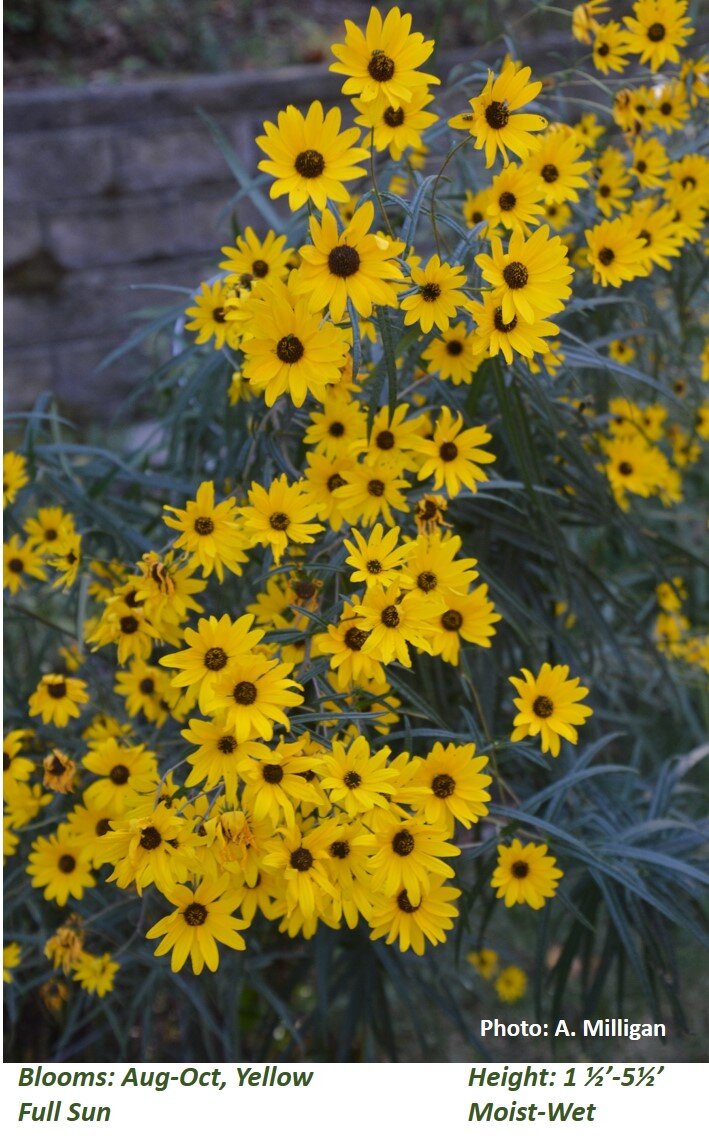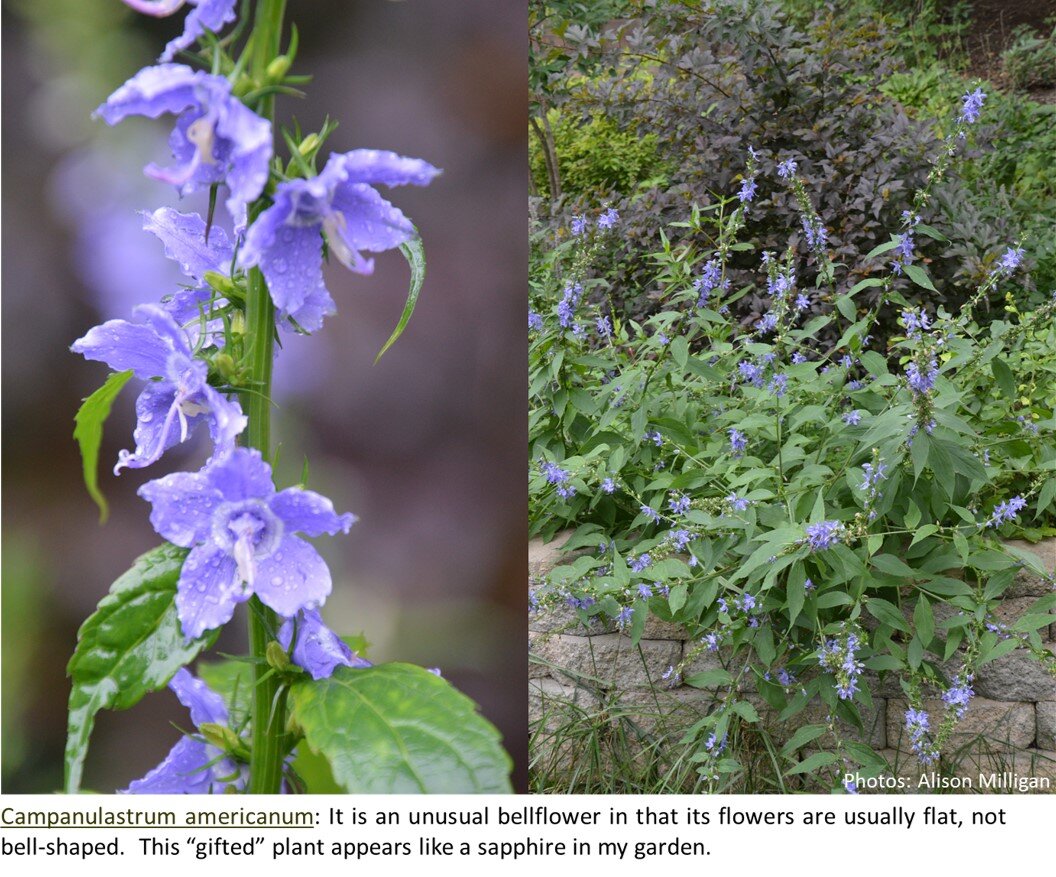From unitygardens.org, edited by Katie Foster for WSA blog.
This fall, Unity Gardens awarded almost $10,000 in small grants to organizations in Anne Arundel County. Grants of up to $1,000 were awarded to nonprofit groups who will use funds to purchase native plants to complete their community’s raingarden and conservation landscaping projects. These efforts use native plants to address stormwater and provide valuable habitat for pollinators, birds, and wildlife.
Ten organizations were awarded grants in the Fall of 2019. The following eight grantees are Steward led projects! Congratulations to the following Stewards who are making a BIG impact on community change for water quality in Anne Arundel County.
Lower Magothy Beach Community Beach
Jim Crafton, Class 11 Steward Candidate, Severna Park
To provide native plants to construct three conservation landscaping areas to control onsite stormwater.
Friends of Jug Bay
Lynette Fullerton and Keli Stambaugh, Class 11 Steward Candidates, Lothian
This project will enhance the beauty of the pollinator and bird garden and help Jug Bay teach visitors about conservation stewardship.
London Towne Property Owners’ Association (LTPOA)
Nina Brackman, Class 11 Steward Candidate, Edgewater
To build a conservation landscape to control stormwater runoff, erosion and flooding, as well as educate neighbors on the practice so they can replicate using native plants on their properties.
Saltaire at Annapolis Condominium
Nancy Galetsky, Class 8 Master Watershed Steward, Annapolis
To build community engagement and reduce runoff to Back Creek by planting natives that are beneficial to pollinators and birds and provide ongoing demonstrations of the use of native plants in the landscape.
Empowering Believer Church - Eden Ministry
Roz Davall, Class 11 Steward Candidate, Glen Burnie
The present conservation landscape will be enhanced with additional native plants and will increase awareness of environmental conservation to the community.
Pines on the Severn
Tine Dickey, Cindy Hall and Noelle Chao, Class 11 Steward Candidate and Class 10 Master Watershed Stewards, respectively, Arnold
Creating a pollinator/butterfly garden (conservation landscape) to reduce erosion and runoff near a community playground. Installing native plants at this highly visible site will demonstrate to community members the value of using native plants in landscaping and erosion control projects.
Mt. Moriah AME Church
Phil Colbert, Class 11 Steward Candidate, Eastport
This stormwater conveyance maintenance and planting will control runoff into Back Creek, in addition to reducing erosion at the site. The grant, which is a Watershed Stewards Capstone Project, will serve to beautify the local area, educate the congregation, and encourage the community to manage stormwater.
Annapolis High School
Beth Foster, Class 5 Master Watershed Steward, Annapolis
This project will rehabilitate the existing entrances to Annapolis High School, a Green School, using native plants. The Annapolis High School Environmental Action Club will partner with the community to accomplish the project.
About Unity Gardens: Unity Gardens is a nonprofit organization based in Anne Arundel County that supports the building of community partnerships through its grassroots grants program. Unity offers grants to schools, religious organizations, watershed stewards, homeowners’ associations, scout troops, and other nonprofit initiatives that require plant funding in order for their conservation landscaping plans to get off the ground. Since 2001, Unity Gardens has given out almost $450,000 to over 500 organizations in Anne Arundel County.
Unity Garden’s mission is to empower and educate diverse Anne Arundel County communities to create and sustain healthy ecological spaces that enhance life, one native garden at a time.






